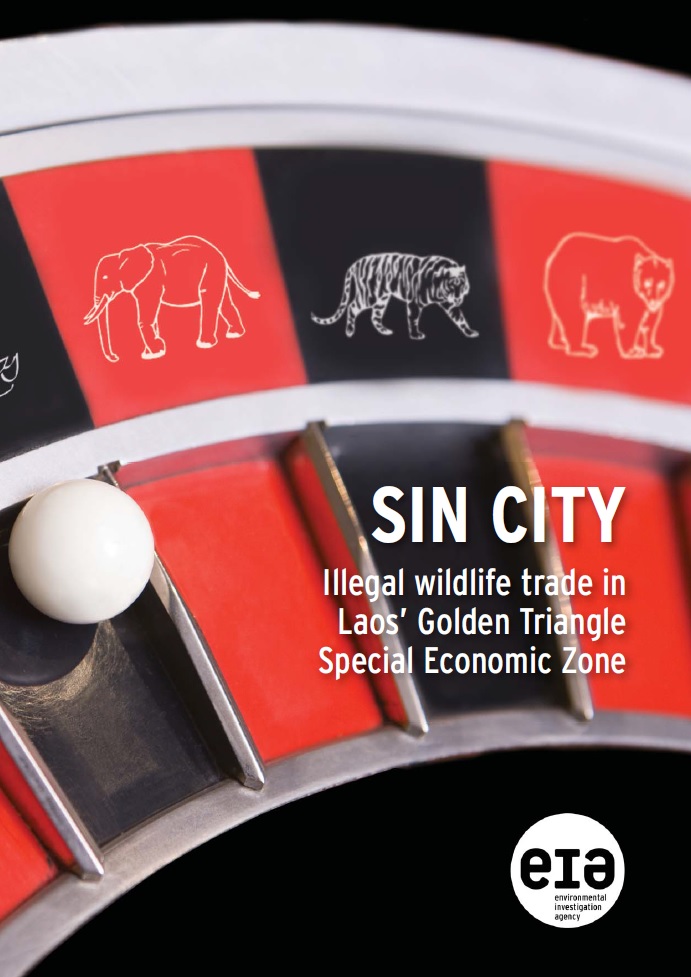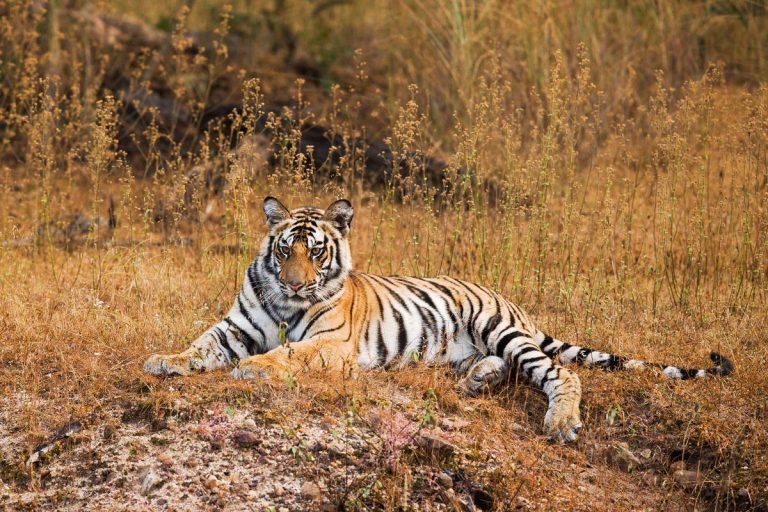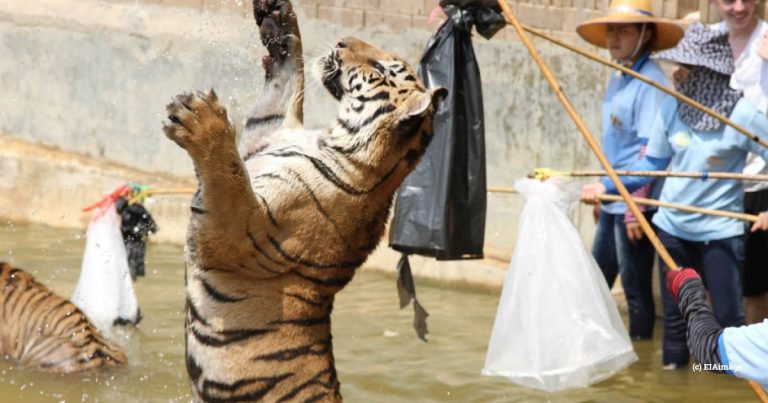Illegal trade, poaching and captive breeding are not the only threats to the future of tigers in the wild. The habitats so essential to their survival are under frequent assault from human activities, whether it be new infrastructure such as railways and roads or commercial exploitation such as mining and deforestation. Our efforts have already resulted in several successful interventions to protect habitat.
The problem
The destruction and fragmentation of tiger habitat by roads, railways, dams and mines puts the world’s last remaining tigers under further pressure. Easier access makes them vulnerable to poachers and increases conflict as they come in to contact with people and livestock, while tigers have been killed crossing roads and railway lines. Illegal and unsustainable mining is the worst offender, with vast swathes of forest felled; mining causes massive disturbance, with draining ground water and polluting water and soil. Young adult tigers need to disperse and the challenge ahead is in creating safe landscapes through which they can move move.





